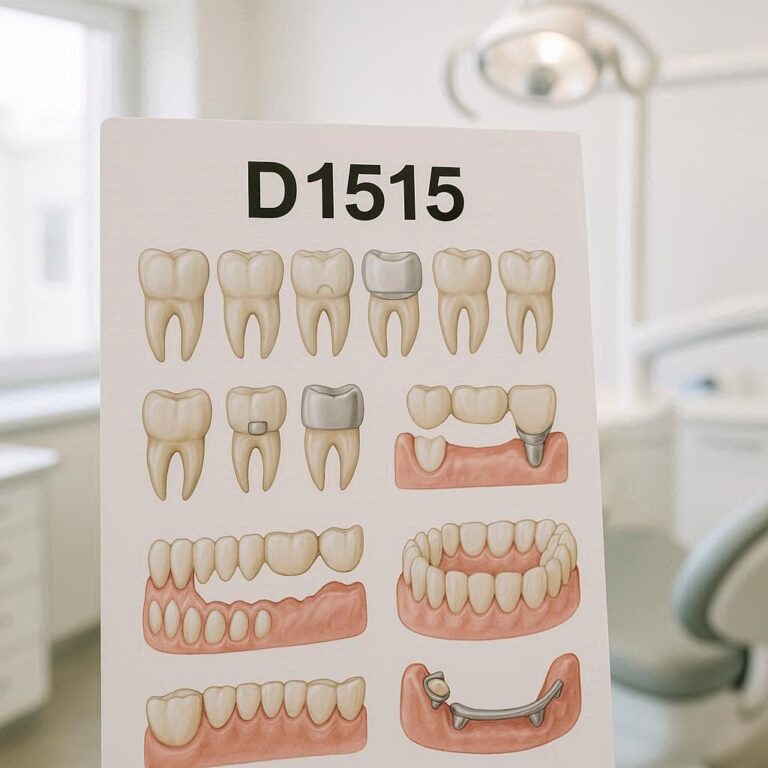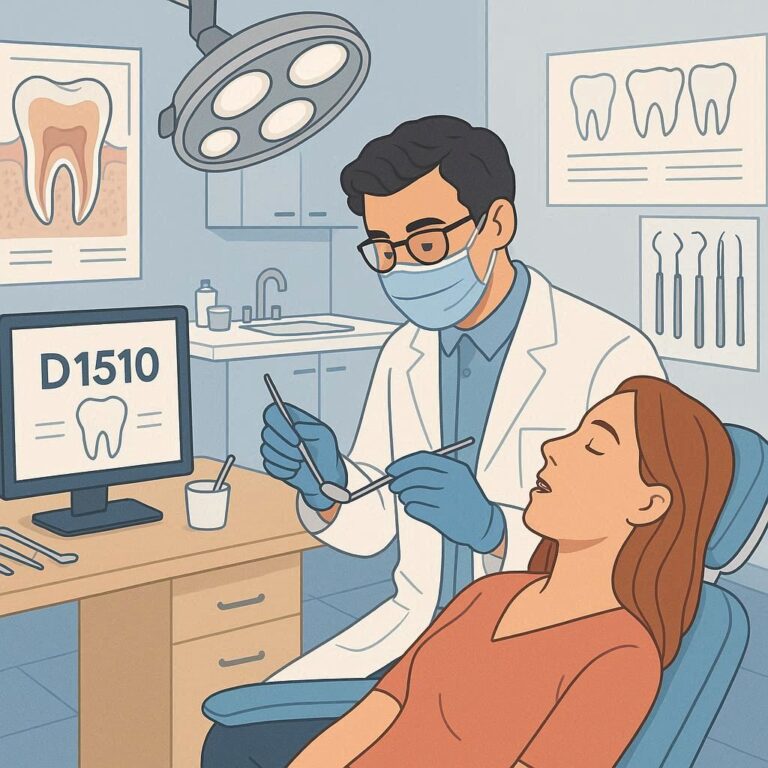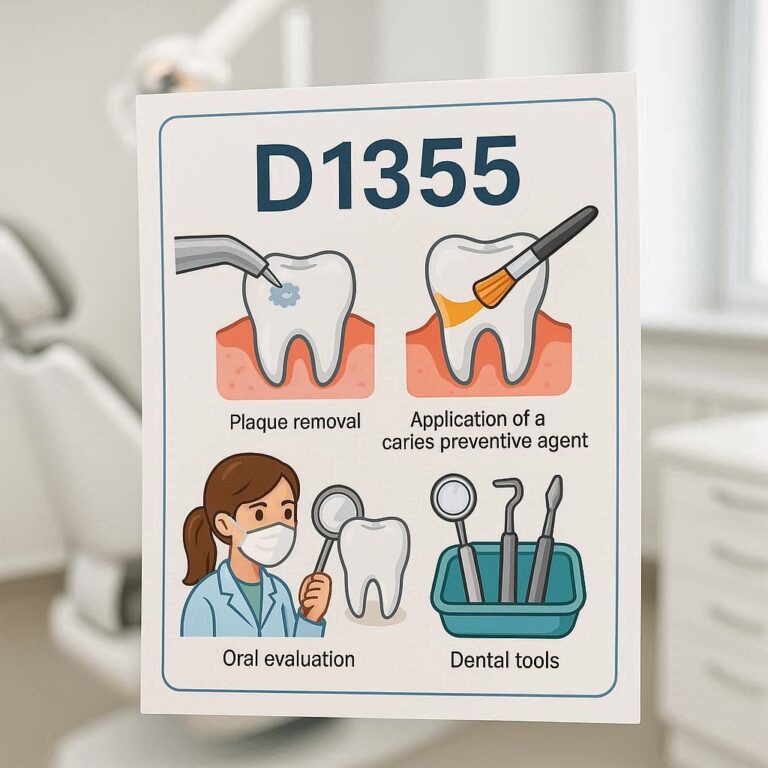ICD-10 Code for Dental Impaction
Dental impaction is a common yet often misunderstood dental condition where a tooth fails to erupt properly into its expected position in the oral cavity. This condition can lead to pain, infection, and other complications if left untreated. Accurate diagnosis and proper coding using the International Classification of Diseases, 10th Revision (ICD-10) are crucial for effective treatment planning, insurance claims, and medical record-keeping.
This comprehensive guide explores dental impaction, its clinical implications, and the correct ICD-10 codes used in medical billing and documentation. Whether you’re a dentist, oral surgeon, medical coder, or healthcare professional, this article provides in-depth insights into diagnosis, treatment, and coding best practices.


2. Understanding Dental Impaction
Definition and Causes
An impacted tooth is one that fails to erupt due to obstruction by bone, soft tissue, or adjacent teeth. The most commonly impacted teeth are:
-
Third molars (wisdom teeth)
-
Canines (cuspid teeth)
-
Premolars
Common Causes of Impaction:
✔ Lack of Space (Jaw size too small)
✔ Abnormal Tooth Angle (Misaligned growth)
✔ Genetic Factors (Family history of impaction)
✔ Pathological Obstructions (Cysts or tumors)
Types of Dental Impaction
Impaction can be classified based on tooth position:
| Type of Impaction | Description |
|---|---|
| Mesial Impaction | Tooth angled toward the front of the mouth |
| Distal Impaction | Tooth angled toward the back of the mouth |
| Vertical Impaction | Tooth is straight but trapped beneath gum/bone |
| Horizontal Impaction | Tooth lies sideways, pressing against adjacent teeth |
| Soft Tissue Impaction | Tooth partially erupts but remains covered by gum |
| Bony Impaction | Tooth fully encased in jawbone |
3. Clinical Presentation and Diagnosis
Symptoms of Impacted Teeth
-
Pain and swelling in the jaw
-
Difficulty opening the mouth (trismus)
-
Bad breath (halitosis) due to trapped food
-
Gum inflammation (pericoronitis) around the impacted tooth
-
Headaches or earaches (referred pain)
Diagnostic Procedures
-
Clinical Examination (Visual and palpation)
-
Dental X-rays (Periapical, Panoramic, CBCT Scan)
-
3D Imaging for complex cases
4. ICD-10 Coding for Dental Impaction
Overview of ICD-10 Codes
The ICD-10-CM (Clinical Modification) system provides specific codes for different types of dental impaction.
Specific ICD-10 Codes for Dental Impaction
| ICD-10 Code | Description |
|---|---|
| K01.0 | Embedded teeth (tooth impacted in bone) |
| K01.1 | Impacted teeth (general) |
| K01.10 | Impacted teeth, unspecified |
| K01.11 | Maxillary impacted tooth |
| K01.12 | Mandibular impacted tooth |
| K01.13 | Impacted canine tooth |
| K01.18 | Other specified impacted teeth |
Common Coding Errors
-
Using unspecified codes (K01.10) when a more specific code is available
-
Confusing “embedded” (K01.0) with “impacted” (K01.1) teeth
-
Failing to document laterality (left/right)
5. Treatment Options for Impacted Teeth
Non-Surgical Management
-
Monitoring (Asymptomatic cases)
-
Orthodontic Intervention (Tooth exposure and alignment)
Surgical Extraction
-
Simple Extraction (For partially erupted teeth)
-
Surgical Removal (For fully bony impactions)
-
Laser-Assisted Extraction (Minimally invasive option)
Post-Operative Care
✔ Pain management (NSAIDs, antibiotics if infected)
✔ Soft diet for 3-5 days
✔ Avoid smoking and strenuous activity
6. Complications of Untreated Dental Impaction
-
Tooth decay and gum disease
-
Cyst or tumor formation
-
Damage to adjacent teeth
-
Chronic pain and infection (osteomyelitis)
7. Preventive Measures and Patient Education
-
Early orthodontic evaluation (ages 7-9)
-
Regular dental check-ups and X-rays
-
Proper oral hygiene to prevent infections
9. Conclusion
Dental impaction is a significant oral health concern requiring accurate diagnosis and proper ICD-10 coding for effective treatment. Understanding the different types of impaction, associated ICD-10 codes (such as K01.1, K01.11, K01.12), and treatment options ensures better patient outcomes and streamlined insurance billing. Early intervention and preventive care can mitigate complications, making patient education crucial.
10. FAQs
Q1: What is the most common impacted tooth?
A: Wisdom teeth (third molars) are the most frequently impacted.
Q2: Can impacted teeth cause headaches?
A: Yes, referred pain from impaction can lead to tension headaches or earaches.
Q3: Is surgery always needed for impacted teeth?
A: Not always—asymptomatic cases may only require monitoring, while symptomatic or problematic impactions need extraction.
Q4: What happens if an impacted tooth is left untreated?
A: Risks include infection, cysts, tooth misalignment, and bone loss.


